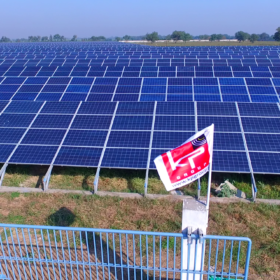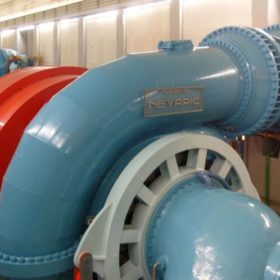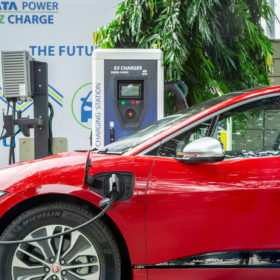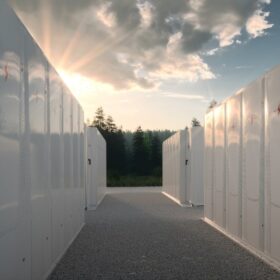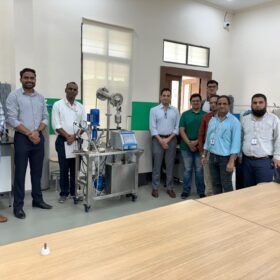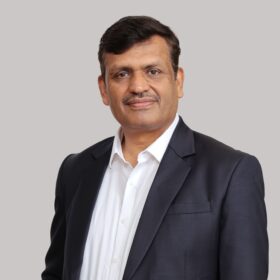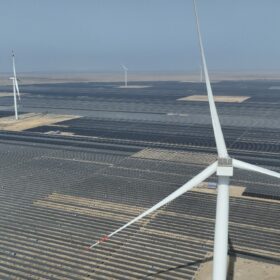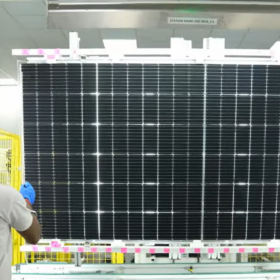KP Group to invest INR 36,000 crore in Botswana’s renewable energy sector
KP Group has signed a memorandum of understanding with the Government of Botswana for the development of 5 GW of renewable energy and power infrastructure projects.
‘The real cost of a battery storage goes far beyond $/kWh’
During a pv magazine Week Europe 2025 webinar, storage specialists gave their thoughts on what to consider when purchasing battery energy storage systems in Europe, with pricing, supplier options and product reliability all on the agenda.
Attero announces INR 150 crore investment to expand e-waste and copper recycling capacity across India
Once the new plants are commissioned, Attero’s overall processing capacity across e-waste and metals recovery will reach 244,000 tonnes per annum.
The Hydrogen Stream: IIT Kanpur, HBTU to jointly establish Centre of Excellence for Green Hydrogen in Uttar Pradesh
The Centre of Excellence, operated from the campus of IIT Kanpur and HBTU Kanpur, will prioritize research and development focused on green hydrogen production, storage, transportation, safety standards, testing, demonstrations, and industrial use. Special emphasis will be on applied research and technological solutions for industries such as refineries, fertilizers, transportation, manufacturing, and energy systems.
Bihar selects GreenCo Energies, Sun Petrochemicals for 2.12 GW of pump storage projects
Bihar State Power Generation Co. Ltd (BSPGCL) has selected GreenCo Energies and Sun Petrochemicals for the development of 2.12 GW of pumped storage power projects in the hilly areas of Nawada district
Amazon leads funding round for US silicon solid-state battery maker
Blue Current, which has a pilot production line in California, will use funding from an $80 million financing round led by Amazon to advance commercialization of its silicon solid-state battery technology for stationary storage and mobility applications in the United States.
New report charts path to securing raw material supply chains for India’s EV growth
A new report by KPMG outlines strategies to enhance resilience and competitiveness in India’s electric vehicle (EV) ecosystem amid sharply rising demand for critical raw materials such as lithium, nickel, cobalt, and rare earth elements.
India sees dramatic plunge in battery storage costs, Ministry reports
Market trends suggest battery energy storage systems (BESS) will likely operate 1.5 cycles per day, bringing the effective storage cost down to just INR 2.8/kWh (0.031/kWh), the Ministry said on Monday.
The Hydrogen Stream: Europe forecasts €240 billion for hydrogen grids to 2040
The European Commission says its new grids package includes €240 billion ($281.8 billion) for hydrogen networks to 2040, alongside fresh Italian State aid for clean tech deployment.
MIT-WPU researchers develop safer liquid hydrogen transport system
Researchers at India’s MIT World Peace University (MIT-WPU) have developed a Liquid Organic Hydrogen Carrier (LOHC) system capable of transporting hydrogen in a stable liquid form that is non-flammable, non-explosive, and manageable at normal temperatures and pressures. This breakthrough removes one of the biggest barriers slowing the widespread adoption of hydrogen in India.
